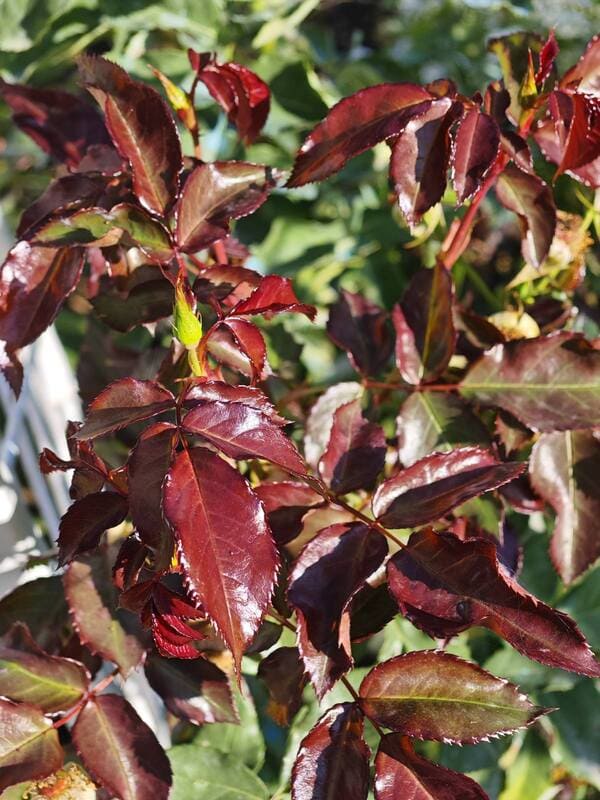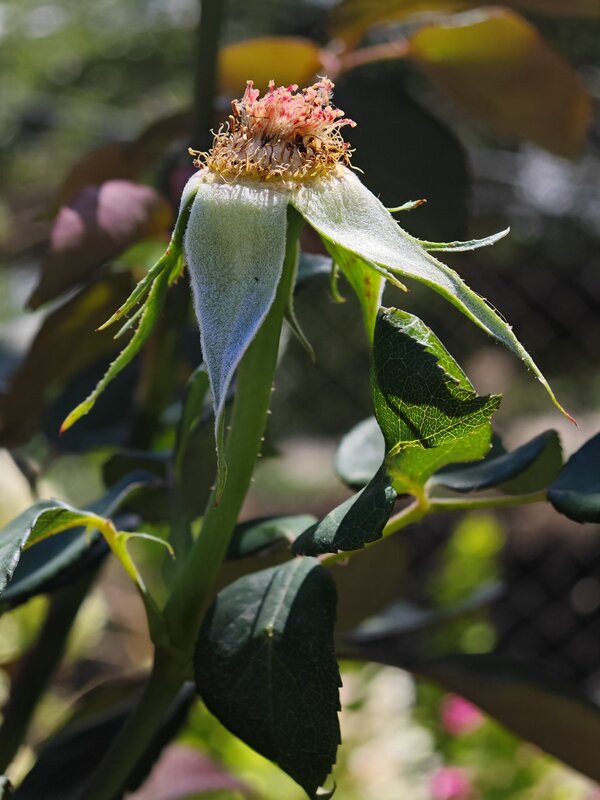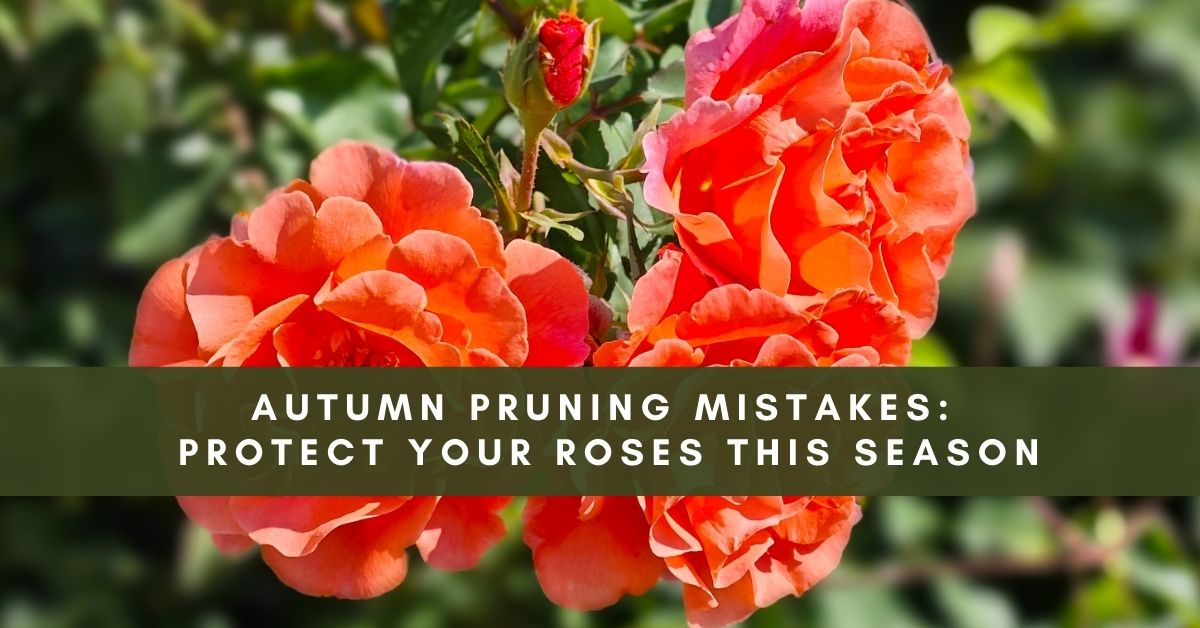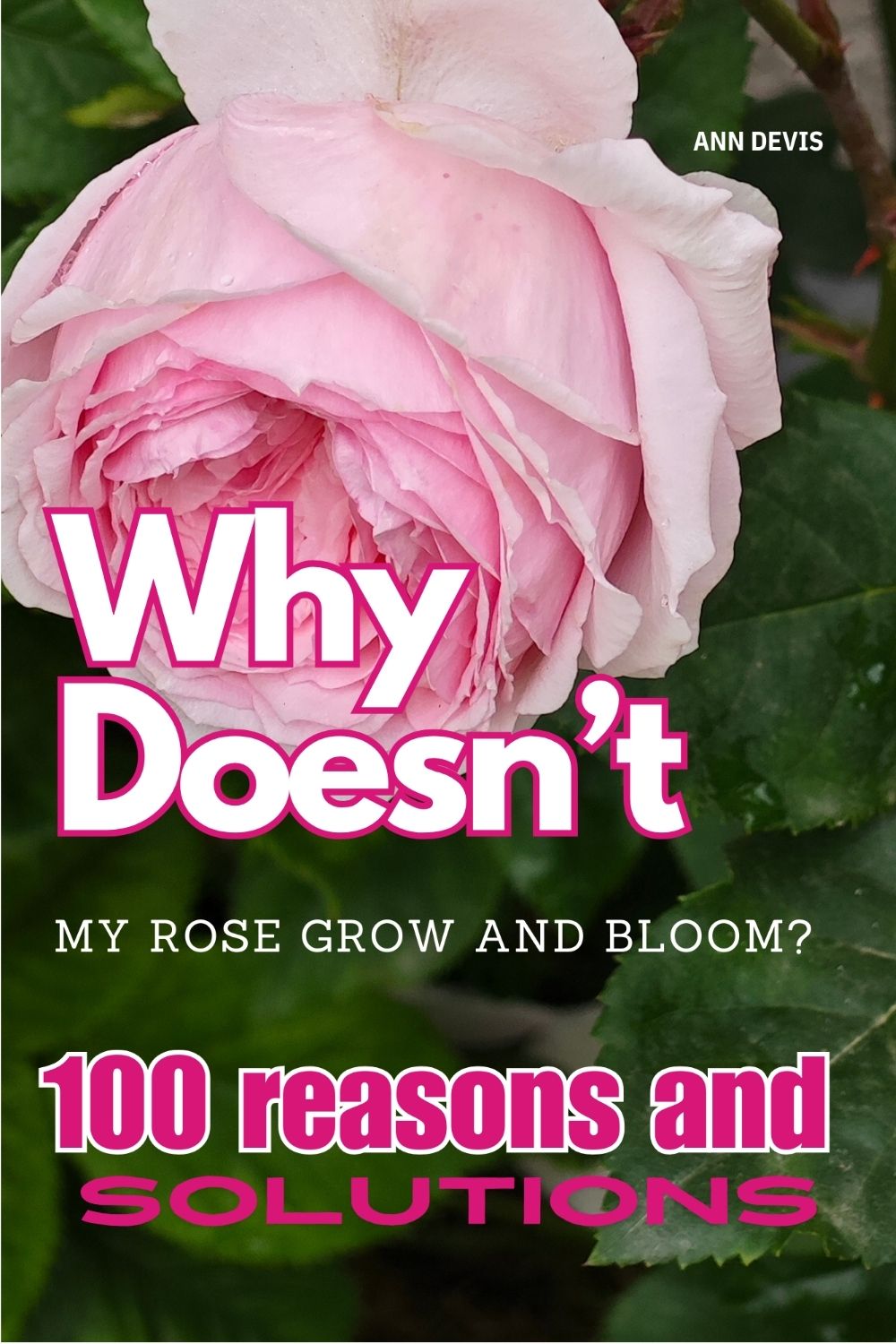As the days grow shorter and the first signs of autumn emerge, rose gardeners enter a vital care and maintenance phase. August and September are pivotal months for ensuring your roses survive the winter and thrive in the coming spring. Let’s delve into the essential rose treatments that will set your garden up for success.
Encouraging Late-Season Growth: A Recipe for Winter Damage
Roses are programmed to respond to pruning by stimulating new growth. When you prune a rose, it “thinks” it’s time to produce fresh shoots and foliage. This response is acceptable in early spring when plants are gearing up for the growing season. However, pruning in autumn can trigger new growth at the wrong time.
Autumn is the period when roses are winding down and preparing for dormancy. They focus on conserving energy and storing it in the roots for winter. Pruning encourages new, soft growth that requires more time before winter. These tender new shoots are particularly vulnerable to frost, which can kill them off. This frost damage can spread further down the stem, leading to dieback and more work for you come springtime.
Why It’s Harmful:
- New growth stimulated by autumn pruning will be too tender to survive the cold.
- Frost will damage or kill the fresh shoots, exposing the plant to potential infections and a weakened start in spring.

Plants Heal Slower in Autumn
When you prune any plant, including roses, you’re essentially wounding it. In the growing season (spring and summer), plants actively produce new tissues, making it easier and faster for them to “heal” from these pruning wounds. However, as autumn progresses and temperatures drop, the rose’s metabolic processes slow down, including its ability to repair itself.
Pruning roses in autumn leaves open cuts on the plant, which become entry points for diseases and pests. As the rose heals slowly during the cooler months, it remains more vulnerable to infections like canker, a fungal disease that thrives in cold, damp environments. Canker can spread quickly through damaged or weak tissue, potentially killing large portions of the plant.
Why It’s Harmful:
- Roses heal slower in the fall, leaving pruning cuts more vulnerable to disease.
- Open wounds from pruning can invite fungal infections, like cankers, that are harder to manage once they take hold.
Depleting the Plant's Energy Reserves
Autumn is when roses store energy in their roots to survive the winter dormancy period. They need this energy to stay healthy and to fuel vigorous new growth when they emerge from dormancy in spring. Heavy autumn pruning forces the rose to use energy reserves to repair the cuts and, potentially, regrow shoots. This process weakens the plant when it should be conserving strength.
By cutting back large portions of the plant, you’re also reducing the leaf surface area available for photosynthesis, which helps the plant generate energy. Less energy production, coupled with energy-draining regrowth attempts, leaves the rose less prepared to face the challenges of winter.
Why It’s Harmful:
- Pruning in autumn can deplete the plant’s energy reserves when it should conserve strength for winter.
- Reduced leaf surface limits photosynthesis, critical for storing energy before dormancy.

Increased Risk of Winter Dieback
Winter is already a tough season for roses, especially in colder climates. Frost, snow, and freezing winds can wreak havoc on exposed plant tissues. When you prune heavily in autumn, you expose more of the plant’s canes to potential damage. Freshly pruned stems are more susceptible to splitting or cracking in freezing conditions, leading to winter dieback, where stems die from the tip down due to cold damage.
This dieback affects the pruned parts of the plant and can spread further down, potentially damaging the plant’s overall structure. By spring, you may be cutting back much more than anticipated.
Why It’s Harmful:
- Freshly pruned canes are more vulnerable to splitting, cracking, and dieback in freezing weather.
- You may have to deal with extensive dieback, leading to more pruning in spring and stunting the rose’s growth.
So What Should You Do Instead?
How should you manage your roses in the fall if heavy autumn pruning is a no-go? The key is sanitary pruning and preparation for winter. Rather than making dramatic cuts, focus on tidying up the plant to reduce the risk of disease and make it easier for your roses to survive the winter.
Here’s what you can do:
Sanitary Pruning:
- Remove dead, damaged, or diseased wood: This prevents fungal diseases from overwintering in dead tissue.
- Clip away any crossing branches that may rub against each other, as this can create wounds that invite infection.
- Trim back spent blooms (if you haven’t done so already) to prevent rot or mold from setting in.
By adhering to sanitary pruning, you aren’t forcing the plant to produce new growth or compromising its energy reserves. Instead, you’re helping the rose enter winter in good health, reducing the chance of disease or winter damage.

Get Your Free Lunar Gardener's Calendar 2025!
Join the Lunar Gardening Revolution! Subscribe now to receive our exclusive Free Lunar Gardener’s Calendar for 2025. Harness the power of the moon to optimize your planting, nurturing, and harvesting.
Winterizing Your Roses:
- Mulch heavily around the base of the plant with straw, leaves, or compost to insulate the roots from freezing temperatures.
- In colder climates, mound soil or mulch around the base of the plant to protect the crown.
- Wrap larger or more delicate rose varieties with burlap or rose collars to protect them from harsh winter winds.
When to Prune Heavily:
For significant pruning, the best time to prune your roses is late winter or early spring, just as the plant is beginning to wake up from dormancy but before new growth starts. At this time, you can safely shape the plant, remove dead or damaged wood, and promote healthy growth without the risks of autumn pruning.
While pruning roses in autumn might seem like a way to prepare your garden for winter, avoiding heavy cuts is better. Pruning in autumn can lead to new growth vulnerable to frost, slower healing, energy depletion, and winter dieback. Instead, focus on light and sanitary pruning to remove dead or diseased wood and keep the plant tidy. By doing this and adequately winterizing your roses, you’ll help them emerge healthy and strong in spring, ready to reward you with abundant blooms!




